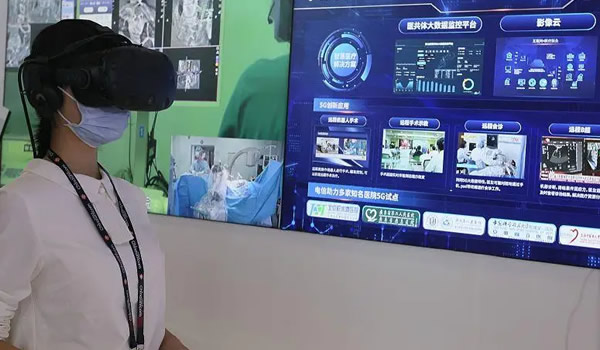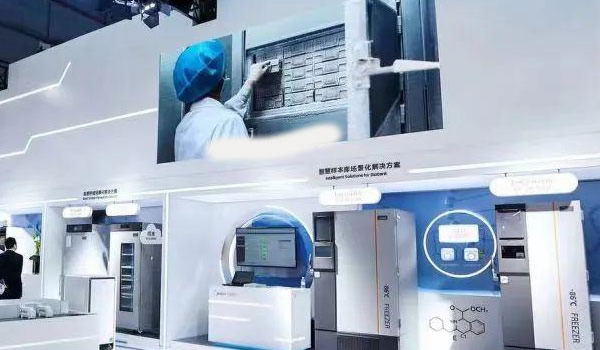Osteoporosis is a major health concern in aging Asian populations, leading to fragile bones and fractures that reduce quality of life. With longer life expectancy and lifestyle changes, osteoporosis rates are increasing across Asia. This article explores osteoporosis treatments in Asia, including medications, lifestyle interventions, fracture prevention strategies, and emerging therapies.

Osteoporosis in Asia: Epidemiology
- Global prevalence: Over 200 million people worldwide live with osteoporosis.
- Asia’s burden: China: Estimated 70 million patients, with rapid growth due to aging. Japan: One of the world’s highest hip fracture rates. India: High rates among postmenopausal women, often undiagnosed. Southeast Asia: Rising due to vitamin D deficiency and dietary patterns.
- Risk factors: Aging and postmenopausal hormonal changes. Low calcium and vitamin D intake. Sedentary lifestyles. Genetic predisposition (Asian women at higher risk for low bone mass).
Medications for Osteoporosis
Bisphosphonates
- Alendronate, risedronate, zoledronic acid.
- Reduce risk of vertebral and hip fractures.
- Widely available across Asia, especially in generic forms.
Denosumab
- A monoclonal antibody that inhibits bone resorption.
- Administered every six months; popular in Japan and South Korea.
Selective Estrogen Receptor Modulators (SERMs)
- Raloxifene reduces vertebral fracture risk in postmenopausal women.
Hormone Replacement Therapy (HRT)
- Used selectively for postmenopausal women at high risk.
- Concerns about long-term risks limit use.
Anabolic Agents
- Teriparatide and abaloparatide: Stimulate bone formation.
- Used in severe osteoporosis; high cost limits access.
Lifestyle Interventions
Nutrition
- Increased calcium intake through dairy, tofu, leafy greens.
- Vitamin D supplementation to counter widespread deficiency.
- Balanced diets promoting bone and muscle strength.
Exercise
- Weight-bearing and resistance exercises improve bone density.
- Tai chi and yoga in China and India promote balance and fall prevention.
Fall Prevention
- Home modifications (removing loose rugs, improving lighting).
- Balance training programs for older adults in Japan and Singapore.

Fracture Prevention
Screening and Early Detection
- Bone mineral density (DEXA scan) recommended for postmenopausal women and older men.
- Limited access in rural Asia.
Secondary Prevention
- After a fracture, immediate initiation of osteoporosis medications reduces risk of future fractures.
Multidisciplinary Care
- Fracture liaison services (FLS) emerging in Japan, South Korea, and Singapore.
- Integration of orthopedics, endocrinology, and rehabilitation specialists.
Emerging Therapies
Romosozumab
- A new monoclonal antibody stimulating bone formation and reducing resorption.
- Approved in Japan and South Korea; access expanding in other Asian countries.
Stem Cell and Regenerative Research
- Early trials in China and Japan investigating bone regeneration.
Digital Health Tools
- Mobile apps tracking exercise and nutrition compliance.
- Wearable devices monitoring fall risk in older adults.
Regional Insights
- Japan: Advanced osteoporosis management, early adoption of romosozumab and FLS programs.
- China: Largest osteoporosis population; expanding access to bisphosphonates and denosumab.
- India: Widespread vitamin D deficiency; emphasis on nutrition and lifestyle.
- South Korea & Singapore: Strong integration of digital health and preventive care.
- Southeast Asia: Limited diagnostic capacity; community awareness campaigns increasing.
Challenges in Asia
- Low Awareness: Many women see fractures as “normal aging.”
- Limited Screening: DEXA scans not widely available outside major cities.
- High Costs: Advanced therapies remain inaccessible for many.
- Cultural Barriers: Low dairy intake and traditional diets contribute to calcium deficiency.
Future of Osteoporosis Care in Asia
- Wider screening and early detection programs.
- Expansion of fracture liaison services (FLS) in major hospitals.
- Affordable access to anabolic and biologic therapies.
- Integration of digital fall-prevention tools.
- Public health campaigns to promote bone health across all ages.

Conclusion
Osteoporosis is a serious and growing challenge in Asia, driven by aging populations and lifestyle factors. While medications and lifestyle changes can prevent fractures, early detection, affordable therapies, and integrated care models will be crucial in reducing the burden.
The future of osteoporosis treatment in Asia lies in preventive strategies, innovative therapies, and digital health integration, helping millions maintain mobility, independence, and quality of life.